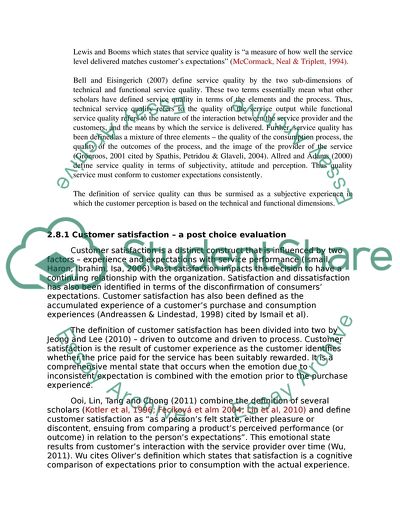Cite this document
(Title: Determinants of Customer Satisfaction in the Hotel Industry: Essay, n.d.)
Title: Determinants of Customer Satisfaction in the Hotel Industry: Essay. Retrieved from https://studentshare.org/tourism/1758440-title-determinants-of-customer-satisfaction-in-the-hotel-industry-the-relationship-between-customer-satisfaction-and-3-4-star-hotels
Title: Determinants of Customer Satisfaction in the Hotel Industry: Essay. Retrieved from https://studentshare.org/tourism/1758440-title-determinants-of-customer-satisfaction-in-the-hotel-industry-the-relationship-between-customer-satisfaction-and-3-4-star-hotels
(Title: Determinants of Customer Satisfaction in the Hotel Industry: Essay)
Title: Determinants of Customer Satisfaction in the Hotel Industry: Essay. https://studentshare.org/tourism/1758440-title-determinants-of-customer-satisfaction-in-the-hotel-industry-the-relationship-between-customer-satisfaction-and-3-4-star-hotels.
Title: Determinants of Customer Satisfaction in the Hotel Industry: Essay. https://studentshare.org/tourism/1758440-title-determinants-of-customer-satisfaction-in-the-hotel-industry-the-relationship-between-customer-satisfaction-and-3-4-star-hotels.
“Title: Determinants of Customer Satisfaction in the Hotel Industry: Essay”. https://studentshare.org/tourism/1758440-title-determinants-of-customer-satisfaction-in-the-hotel-industry-the-relationship-between-customer-satisfaction-and-3-4-star-hotels.


